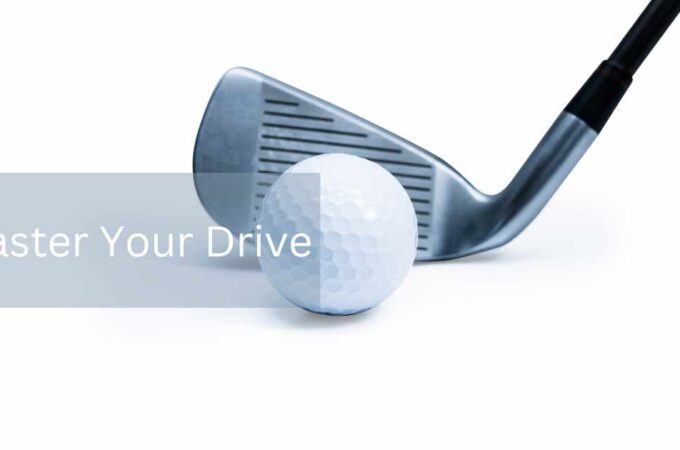
Learn How To Reduce Driver Spin
Table of Contents
ToggleMastering the Road: Tips to Reduce Driver Spin
Choose the Right Tires
The foundation of reducing driver spin lies in selecting the appropriate tires for your driving conditions. High-performance tires with advanced tread patterns and compounds can significantly improve grip on various surfaces. Consider all-season or performance tires for everyday driving, and if you’re a performance enthusiast, invest in specialized tires designed for specific driving conditions.
Maintain Proper Tire Pressure
Underinflated or overinflated tires can contribute to driver spin. Regularly check and maintain proper tire pressure according to the manufacturer’s recommendations. Balanced tire pressure ensures optimal contact between the tire and the road, promoting better traction and reducing the likelihood of spin.
Upgrade to a Limited-Slip Differential (LSD)
In high-performance or rear-wheel-drive vehicles, a limited-slip differential can be a game-changer. LSD helps distribute torque more evenly between the drive wheels, preventing one wheel from spinning excessively. This upgrade enhances traction during acceleration, especially around corners, and provides better control in challenging driving conditions.
Master Throttle Control
Practicing precise throttle control is essential to reduce driver spin. Instead of abruptly flooring the accelerator, gradually apply throttle input. This gradual approach helps distribute power more smoothly, minimizing the risk of wheel spin. Additionally, consider using the vehicle’s traction control system, if equipped, to assist in managing wheel spin during acceleration.
Adjust Driving Techniques in Adverse Conditions
In slippery conditions, such as rain or snow, adjusting your driving techniques can significantly reduce the likelihood of driver spin. Start by slowing down and increasing your following distance. Smooth and controlled steering inputs, along with gradual acceleration and braking, will contribute to better traction and stability.
Regularly Check and Align Your Suspension
An often overlooked factor in driver spin is the vehicle’s suspension system. Ensure that your suspension components are in good condition, and schedule regular wheel alignments. Proper alignment ensures that your tires make consistent contact with the road surface, enhancing overall stability and reducing the risk of spin.
FAQs
How can I reduce driver spin during acceleration?
To minimize driver spin during acceleration, focus on gradual throttle input rather than sudden flooring. Additionally, consider utilizing the vehicle’s traction control system if available. This helps manage wheel spin by adjusting power delivery to the wheels.
Can tire maintenance affect driver spin?
Yes, tire maintenance is crucial in reducing driver spin. Ensure proper tire pressure, choose the right tires for your driving conditions, and maintain them regularly. Balanced tire pressure and suitable tire selection contribute to better traction, minimizing the risk of spin.
Are there specific upgrades to reduce driver spin in high-performance vehicles?
Yes, upgrading to a limited-slip differential (LSD) can be effective in reducing driver spin, especially in high-performance or rear-wheel-drive vehicles. LSD helps distribute torque evenly between the drive wheels, preventing excessive wheel spin during acceleration and enhancing overall traction and control.
Final Thought
Reducing driver spin requires a combination of thoughtful tire selection, proper maintenance, and refined driving techniques. By implementing these strategies, you can enhance your vehicle’s traction, optimize performance, and most importantly, improve safety on the road. Whether you’re a daily commuter or a performance enthusiast, mastering the art of reducing driver spin will make your driving experience more enjoyable and secure.











